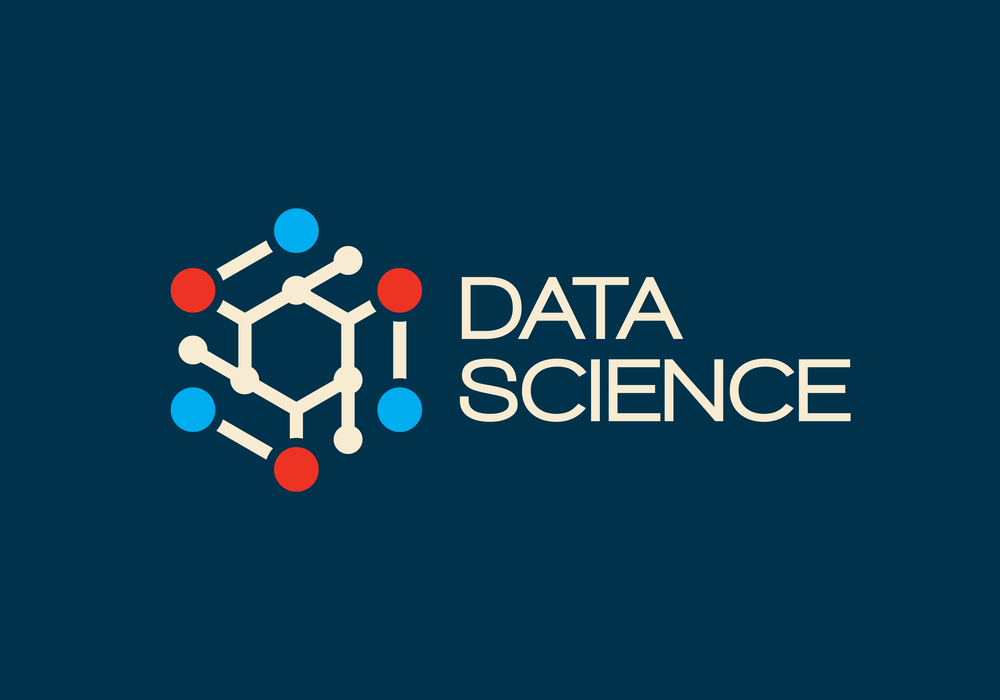

Data Science has become a buzzword in the 21st century. But what is Data Science? In this tutorial, you can understand what is data science, jobs, tools, applications, jobs, etc.
So let’s start our data science tutorial blog post,
Now, let’s go ahead with who is a data scientist!?
Look at the image above, a Data Scientist is the master of all trades! He should be proficient in maths- statistics, probability, he should be acing the Visualization, and should have great Computer programming skills as well.
Scared? Don’t be.
In a corporate environment, work is distributed among teams and they have their own expertise in the field. Keep in mind! One should be proficient in at least one of these areas to excel in this field.
But Believe me, investing time in data science is worth a million dollars!
Why? Well, let’s look at career opportunities in data science.
Read More: Best Budget Laptop for Programming
The advent of new technology is directly proportional to the rise in various job roles in data science.
Some of the job roles are listed below:
Below is an explanation of some critical job titles in data science.
Role: A Data Scientist is a professional who is good at handling data using various tools, techniques, methodologies, algorithms, etc.
Languages Required: R, SAS, Python, SQL, Matlab, Spark.
Role: The role of a data engineer is handling large amounts of data and he is responsible for developing, constructing, testing, and maintaining the architecture of large-scale databases.
Languages Required: SQL, R, SAS, Matlab, Python, and Java.
Role: The machine learning Engineer is the one who should have a stand on machine learning algorithms such as regression, clustering, classification, decision tree, random forest, etc.
Language Required: Python, C++, R, Java, and Hadoop.
Role: Have you heard of the term “ Data Mining” this is exactly what data analysts do! They look for relationships, patterns, trends in data.
Languages Required : R, Python, HTML, JS, C, C+ + , SQL
Did you know?
Following are some tools required for data science:
| Method | Tools |
| Data Analysis | R,Python,Statistics,SAS,Jupyter,RStudio,MatLab,Excel,RapidMinter. |
| Data warehousing | ETL,SQL,Hadoop,Informatica/Talend,AWS Redshift. |
| Data Visualization | R,Jupyter,Tableau,Cognos. |
| Machine Learning | Spark, Mahout, Azure, ML studio. |
The life-cycle of Data Science is explained in the diagram below.
1. Discover: Discover the requirements of the project such as the number of people, technology, time, data, and end goal.
2. Data preparation: Following are the tasks at the data preparation level.
3. Model Planning: Determine the various methods and techniques to establish the relation between input variables.
Common tools used for model planning are:
4. Model Building: Creating datasets for training and testing purposes and applying different techniques such as association, classification, and clustering, to build the model.
Common Model building tools:
5. Operationalize: In this phase, providing technical documents will help in getting an overview of project performance before the full deployment.
6. Communicate results: In this phase, we will communicate the findings and final results with the business team.
Data Science is a vast subject, a combination of several technologies and disciplines. This field best fits those who have a knack for experimentation and problem-solving.
The way we consume entertainment has changed dramatically, with Subscription Video on Demand (SVOD) leading…
The Evolution of Inventory Tracking RFID inventory management software is transforming how businesses track, manage,…
The Unexpected Costs of Unprotected Windshields Polaris Ranger windshields protection is more than just a…
Probably one of the best things people do to secure their finances is the purchase…
The iPhone 15 is still a great buy Released in 2023, the iPhone 15 brought…
By Josh Breaker-Rolfe Data security posture management (DSPM) is the rising star of the data…